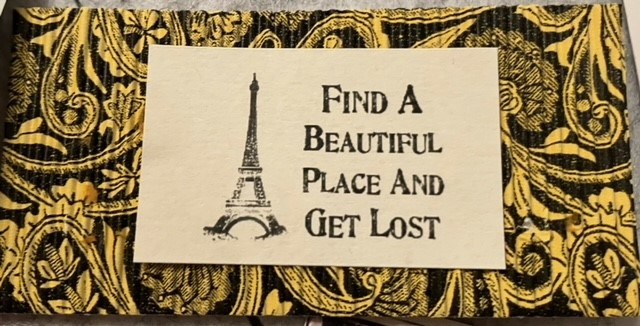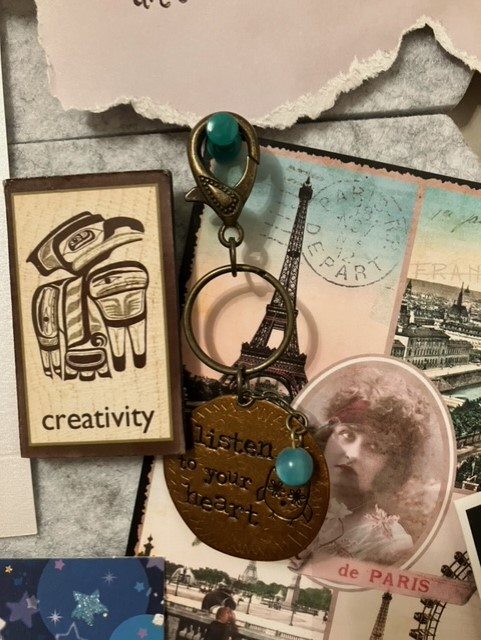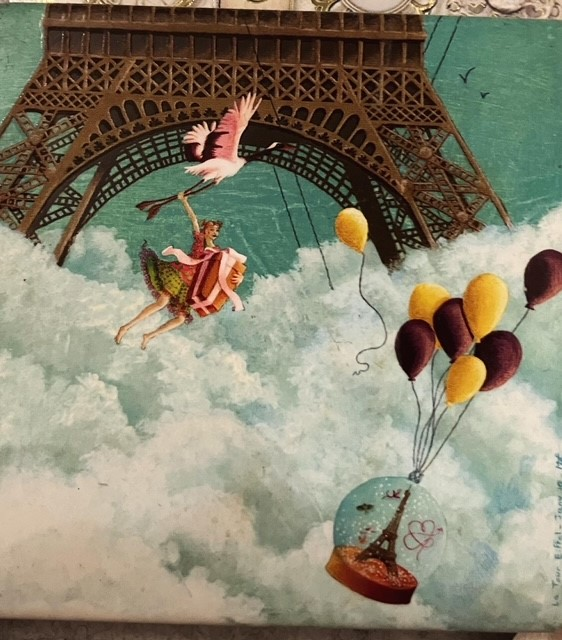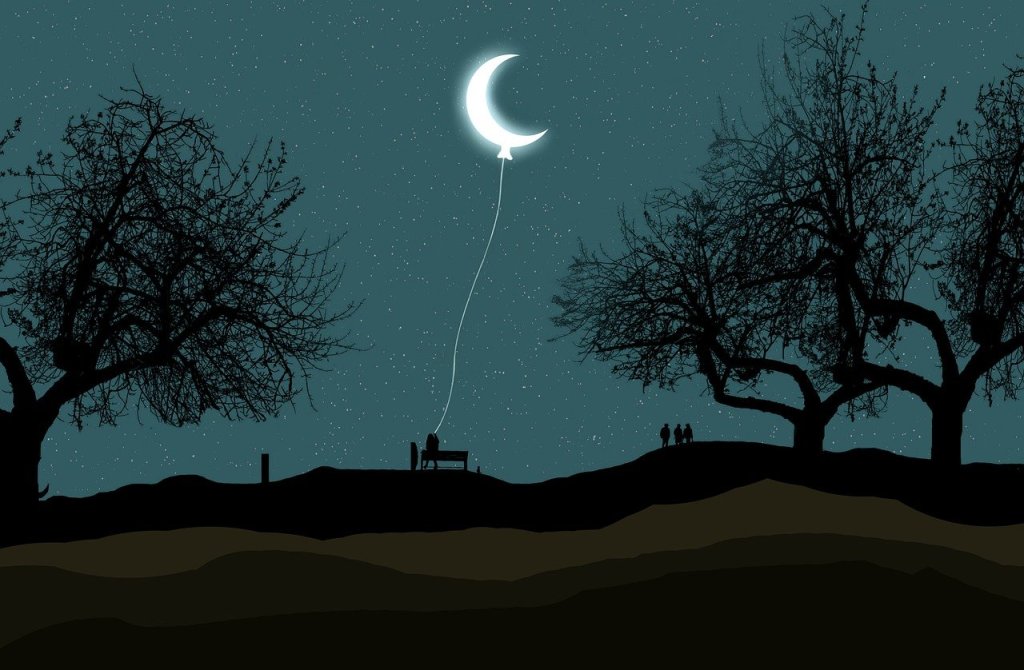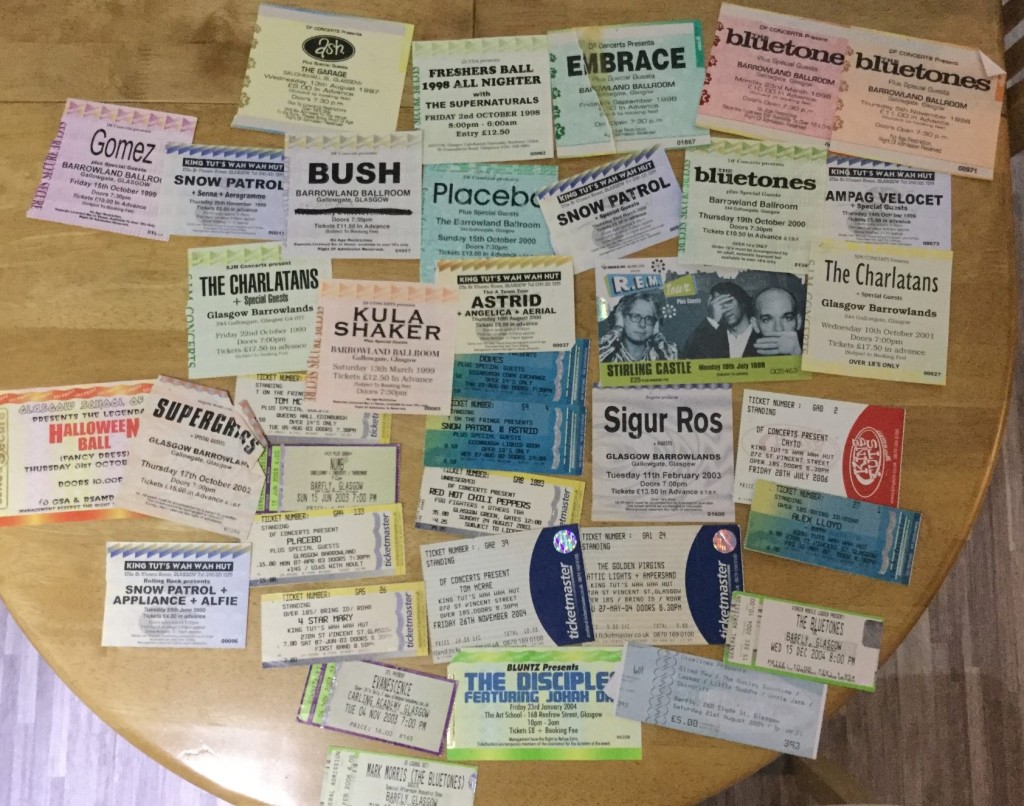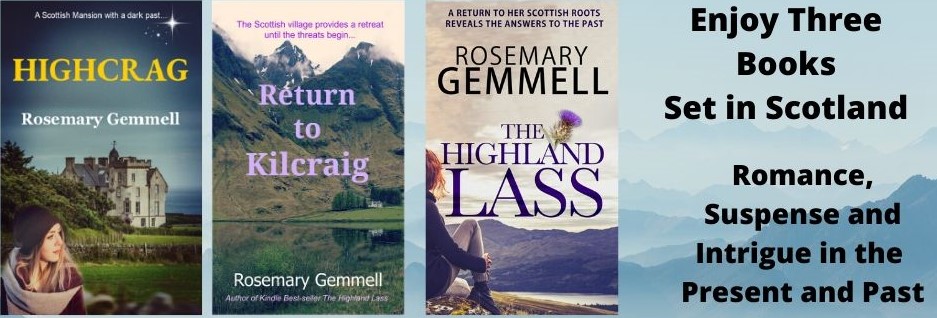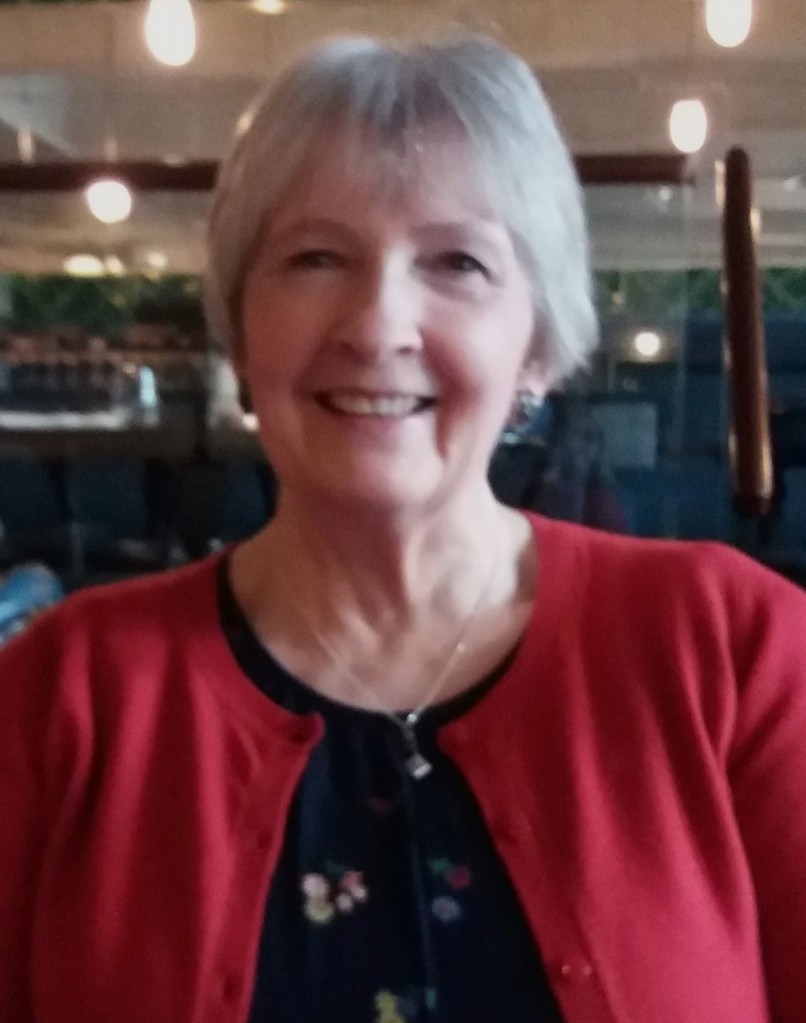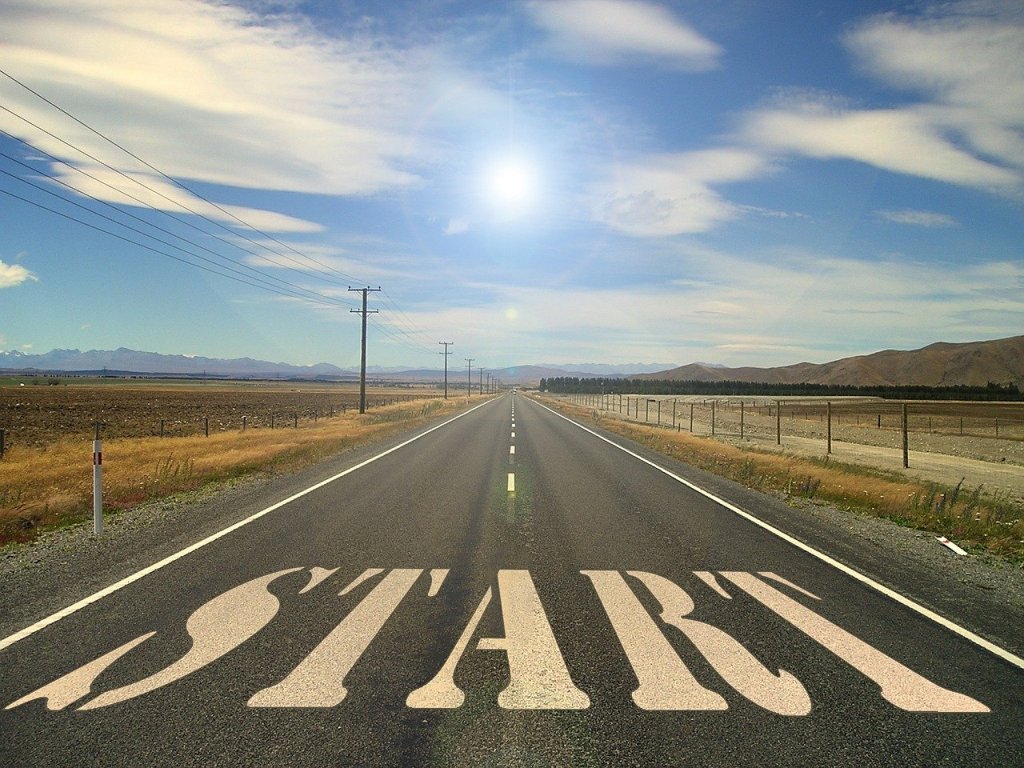It’s the 1st of March and I’m happy to be waving goodbye to what has felt like a very long Winter this year. Spring is my favourite season, when the days and nights get a bit brighter, tulips and blossoms bloom, and there’s a sweet spot before my hayfever kicks in for the summer!
I’ve been quiet on here because ‘behind the scenes’ I’ve been putting the final touches together for my YA thriller, which I will post more about when I’m certain it’s going to be ready for my planned late Spring launch.
Since Christmas I’ve experienced a bit of a fiction book reading slump, which has felt strange. I don’t know if it’s because I’m so immersed in my own book developments, I’ve had to give myself a break away from others’ storytelling for a while. I have been dipping into some reflective poetry, as well as non-fiction works such as Roxie Nafousi’s ‘Manifest: Dive Deeper’.
I know some people think books about Manifesting are a bit woo-woo, but I love reading about different perspectives on this, and techniques, as I find it very motivating. At the core of any works about Manifesting is the reminder to make things happen and be grateful for what you already have. These are things I already know, but when self-doubt and imposter syndrome creeps in during the middle of big creative projects or when I’m asked to take part in writing events, I find these reminders are helpful to re-frame and ‘re-train’ my brain a bit.
I’ve written before about how the writing life can be full of ups and downs. When you work towards a dream goal of publication, then achieve it, there are still a lot of disappointments and challenges that can come your way.
During January I took part in Beth Kempton’s Meet the Writer challenge, and I already posted about the prompt my writing view here.
Another prompt was ‘Doorway’ and this allowed me to reflect on all of the ways in which writing has been a doorway for me into lots of rewarding experiences.
For me, my writing has taken me on so many adventures and enriched my life. I have forged a lot of really meaningful and important friendships through joining writing groups and attending conferences/events. I’ve met so many interesting writers and learned lots from them during conferences and writing groups (as well as getting to share a lot of great experiences with, and learn from, my writer Mum also!).
When my debut novel was released a doorway opened for me to engage with audiences. Over the years I have been fortunate to be invited to deliver talks, creative workshops and judge competitions in schools, colleges, local writing groups and community libraries, and was even lucky enough to land an interview with Teen Title magazine (with school pupils asking the questions). Interacting with others to encourage their creativity has become a big part of my writing life that I enjoy, and find rewarding.
My initial experiences allowed me to develop enough confidence to forge into new pathways through independent publishing and this of course is also full of ups and downs (with many a crisis in confidence often holding me back from making the most of it all). A few months ago I saw a reel on Instagram posted by Reese Witherspoon with her basically saying, ‘Don’t wait for the phone to ring.’ She of course set up her own production company, motivated by a frustration with a lack of decent roles for actresses of a certain age. She took control of her own success, not having to audition or wait for someone else to dictate. Seeing that quote reminded me that by taking control, even if it’s not a success, at least I am attempting to make things happen. The biggest plus of independent publishing is having full control over the process and I know exactly what is happening ‘behind the scenes’ because I have full access to my sales and data. (Which surprisingly, a lot of authors do not!). It now means if I try out any marketing or promotional activity, I get to see if it has any real impact.
The parts of Roxie’s Manifestation book which resonated with me most were the sections where she talks about how we ‘live in a culture of comparison’. (pg 199) (which social media fuels). Her reminders: ‘Stay in your own lane and keep laser-sharp focus on your own journey’ and her concluding words in that chapter ‘The only comparison you should be making is who you are today with who you were yesterday and who you want to be tomorrow.’ (pg. 202) is so true.
I find being connected to so many writers on social media can be a double-edged sword sometimes. I love engaging with creative individuals and can find it inspiring, motivating and encouraging, but there are days when seeing posts about sold-out signings, sales boasts, book tours ‘I’m on my twentieth book’, ‘I signed a three-year book deal with one of the big five’, makes me feel a bit…inadequate? But more and more I ask myself the question, but do I really want that? And often I don’t actually, because the thought of having to travel up and down the country to numerous book signings, and having the pressure from a big publisher of expectation and regular deadlines, right now is not what my book dream looks like.
I like how Roxie’s book also acknowledges when you start to get things you want, challenges will come up that you have to overcome. She talks about overcoming fear and reminds us we have the power to be whoever we want to be. A question in the book which stuck in my mind recently (as I hate dealing with the ‘business’ side of being an author) was What would the most empowered and confident version of yourself do? (pg. 160) It’s a really simple, but effective technique I’m going to try to adopt whenever I have a crisis in confidence when I need to ask important questions, or pick up the phone. (Which ironically I do every day in my other day job with confidence in spades).
When I look back on the writer I was ‘yesterday’ i.e. many years ago when I was starting out, I think she’d be pretty excited to know everything that was ahead, and hopefully still to come!


